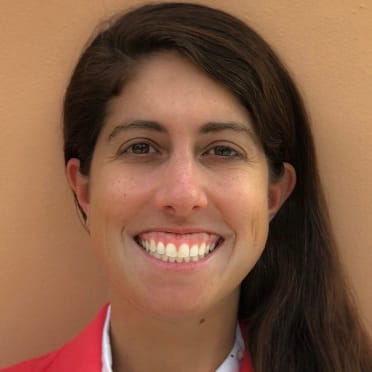Marlins director of amateur scouting Frankie Piliere can’t remember a previous Draft being so unclear at the top of the board.
So with Miami selecting seventh overall when the 2025 MLB Draft gets underway at 6 p.m. ET on Sunday, much will depend upon how the six organizations in front pick.
2025 MLB Draft presented by Nike
Day 1 (Rounds 1-3): Pick-by-pick analysis | Top storylines
Day 2 (Rounds 4-20): Round-by-round analysis
- Tracker | Bonus tracker | Top 250 prospects
- Best hauls | Biggest steals
- Pipeline Podcast analyzes Draft
- Picks with famous relatives | Quickest to the bigs
- Corona HS makes Draft history
- Complete coverage
More on the top picks:
1. WSH: Willits | 2. LAA: Bremner | 3. SEA: Anderson | 4. TEX: Holliday | 5. STL: Doyle
6. PIT: Hernandez | 7. MIA: Arquette | 8. TOR: Parker | 9. CIN: Hall | 10. CWS: Carlson
High school position players appear to be the strength of the Draft, followed by an underrated college group. MLB Pipeline’s latest mock draft has Miami choosing Oklahoma prep shortstop Eli Willits, whose father was a big leaguer.
“It's a pretty deep overall class,” Piliere said. “I think the parity at the top has made it challenging to try to figure out who are the top 10 or 15 players in this Draft. But I think it's a deep group, and I think whether you like high school position players, whether you like college position players, there's pitchers.”
Regardless of what the Draft offers in a given cycle, the Marlins’ philosophy remains the same: Select the best available player. This year will mark Piliere’s second at the helm.
While Piliere acknowledged his department is near the finish line, the organization’s board is not yet finalized. The process involves incorporating different voices in order to make the best decision.
“It is similar to last year in that we're trying to get the absolute most value out of the Draft for the Marlins,” Piliere said. “We're trying to get productive Major League players, highly impactful Major League players, that generate more value for this organization. That could come in all different types of forms. That could be in any demographic of player. At the end of the day, it's value. We're trying to get value out of the Draft.”
- Day 1 picks: 7, 43, 46, 78
- Bonus pool allotment: $15,187,400 -- seventh highest in MLB
- Last year’s top pick: PJ Morlando, OF, pick 16 ... One of the more advanced prep bats, Morlando had High School Home Run Derby champion, MVP of the All-American Game and Gatorade’s South Carolina Player of the Year on his resume. But the 20-year-old has been bitten by the injury bug three times in his pro career. Ranked as the Marlins’ No. 7 prospect, he entered Monday with an .812 OPS in 20 games at Single-A Jupiter.
- Breakout 2024 pick: Michael Snyder, 3B, 10th-rounder ... This honor would have gone to outfielder Fenwick Trimble (fourth round) had he stayed healthy, since he was the first of Miami’s 2024 Draft class to reach the Double-A level. After a solid performance at High-A Beloit (.794 OPS in 52 games), Snyder, a University of Oklahoma product, received a promotion to the Blue Wahoos, with whom he has an .862 OPS through 11 games.
In order to get value, the Marlins favor certain metrics more than others when scouting prospects. Piliere considers the ability to make good contact and swing decisions crucial to success on the hitting side. Velocity and the ability to throw strikes are vital on the pitching front.
“I don't think any of these make us revolutionary in how we think, but you look around Major League Baseball, they're predictive things that carry value pretty consistently,” Piliere said. “But at the same time, they're not dogmatic.”
COMPLETE MARLINS PROSPECT COVERAGE
- Marlins Top 30 prospects
- Prospect stats: Today | Last 10 | Last 30
- Draft pick stats
- Highlights
Predicting the future is hard, especially when teenagers and young adults are involved. That’s when intangibles come into play. In the meeting space, it’s most often what the department discusses. Spending time with players is pivotal to figuring out whether they have what it takes to deal with failure, which often is a novelty to them.
“We do start talking about things, about aptitude, coachability, projection of, ‘How are they going to adapt when they're 18 years old coming into a professional environment for the first time?’” Piliere said. “It's hard enough to go get a job at 18, let alone go be a professional baseball player. So when it comes down to the decisions on the margins, we talk about it a lot. Ultimately, players come in all shapes and sizes, so they can have different personalities, different backgrounds. But you do want to drill down on aptitude and their ability to be coached, because they're all going to need to make changes in some way, shape or form.”


